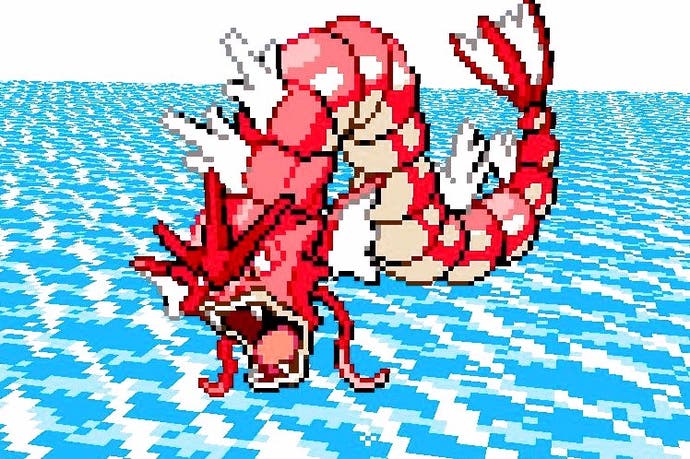Pokémon boss had no idea fans named a secret breeding mechanic after him
Junichi Masuda on the Masuda method.
10 years ago, while working on Pokémon Diamond and Pearl, Junichi Masuda had an idea.
Anyone who played Pokémon in the Game Boy era will remember trading their virtual creatures with other people. It was a convoluted but memorable process.
I used to take my battered yellow Game Boy round to my best friend's house on a Saturday. He'd bought Pokémon Red, I had Pokémon Blue. We'd sit cross-legged on the floor, eyes fixed on the tiny screens in front us, handhelds connected via a Link-Up cable we'd bought pooling our pocket money.
But by the time it came to Diamond and Pearl the need for physical cables - or to even be in the same room - was gone. After all, DS had Wi-Fi capability built in.
Creating a pair of new Pokémon games for Nintendo's dual-screened handheld, Masuda - now producer and director of the Pokémon series, back then a programmer and composer - knew there was an expectation the series would introduce wireless play. It did. Diamond and Pearl included local wireless support, no cables required, but also allowed you to trade Pokémon over the internet via the now-retired Nintendo Wi-Fi Connection service.
Suddenly, players from all over the world could trade and share creatures. It was a neat feature for casual players, but a huge boon for hardcore fans - because while many players were content with filling up their Pokédex, others went far further.
Without getting too technical (or asking about the logistics of Pokémon making babies), Pokémon breeding had fascinated players since its introduction. One feature in particular - the ability to get ultra-rare Shiny Pokémon offspring - intrigued hardcore players.
However, getting a Shiny Pokémon - named for their alternate colouring - was incredibly rare. When breeding two Pokémon the chance of getting a Shiny offspring was just one in 8192.
But Diamond and Pearl players noticed something odd about Pokémon traded from other countries. Try and breed one of these with a Pokémon from your game and the Shiny ratio improved considerably - to five in 8192, or about one in 1638.
Masuda had coded in the ratio change as a way to encourage trading with players from other countries - even though many fans would not notice any difference.
"We really wanted to encourage trading which we've always had as part of the games, so we thought - how can we make promote this, how can we make people want to trade," Masuda told Eurogamer.

"The idea of having people get eggs which have a higher chance of being Shiny Pokémon if they are from different locations seemed like a good way to do this. Basically the idea was to spread the idea, the joy of trading in Pokémon."
Veteran Pokémon site and forum Smogon.com is generally accepted as having noticed the mechanic first, although it wasn't until a year after Diamond and Pearl had released in Japan, and six months after their launch in Europe, that Masuda finally mentioned the mechanic on his English blog.
Still, it wasn't until years after that the mechanic had become widely known enough that he began to be asked about it in interviews.
By this point, the trick - which still lacked an official name - had been given a fan-made moniker: the Masuda method.
"I didn't expect it to be given the name, that was a complete shock," Masuda recalled, as he remembered the time he first heard it. Masuda had been visiting the West on a press tour when a journalist brought it up.
"I remember someone asking about it and having to ask, 'er, what is the Masuda Method?!' I was pretty shocked to find out."
The name is uniquely Western, too. "the Masuda method isn't really talked about in Japan", Masuda laughed.
Since then, the Masuda method has become a mainstay of the series, and has featured in every major Pokémon release since. The ratio of getting a Shiny Pokémon has even improved slightly (although remains low enough that Shiny creatures remain rare).
As for the future, then, and the upcoming Pokémon Sun and Moon? "You can probably imagine it'll be in there," Masuda concluded.


